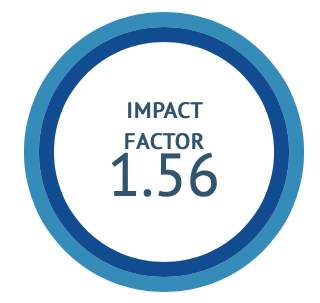Ethnobotanical and dietary uses of Bamboo unveiled by the tribes and local inhabitants of Chittoor district, West Godavari and East Godavari districts of Andhra Pradesh
DOI:
https://doi.org/10.47552/ijam.v14i1.2289Keywords:
Ethnobotany, Dietary uses, Bamboo, Bambusa bambos, Dendrocalamus strictus, Andhra PradeshAbstract
Aim and Objective: To unveil and document the folklore claims and dietary recipes of Bambusa bambos and Dendrocalamus strictus.
Materials and methods: The study was intended to examine the 101 tribal individuals like traditional healers, tribal doctors and elder people in the field trips on their regular utilization of different species of Bamboo.
Results: The study explored 13 contemporary folklore claims on B. bambos and D. strictus species solicited from various tribal pockets of Chittoor District, Andhra Pradesh and dietary recipes from the tribes of West Godavari and East Godavari districts, Andhra Pradesh.
Conclusion: With this study, it can be concluded that various parts of Bambusa bambos and Dendrocalamus strictus are practiced as conventional drugs to treat different ailments by local tribes and conventional healers from Chittoor district, Andhra Pradesh. Besides this, the young shoots of Bambusa bambos are a fabulous dietary hotspot for several minerals. This recipe of Bamboo shoots has been in permanence among the tribes of West Godavari and East Godavari districts for the past several generations. Ayurveda has also validated this fact owing to its therapeutic properties. By all its nutritive potential, it can be determined that it is not only good to the taste receptors but also healthy.
Downloads
Published
How to Cite
Issue
Section
License
Copyright (c) 2023 International Journal of Ayurvedic Medicine

This work is licensed under a Creative Commons Attribution 4.0 International License.
The author hereby transfers, assigns, or conveys all copyright ownership to the International Journal of Ayurvedic Medicine (IJAM). By this transfer, the article becomes the property of the IJAM and may not be published elsewhere without written permission from the IJAM.
This transfer of copyright also implies transfer of rights for printed, electronic, microfilm, and facsimile publication. No royalty or other monetary compensation will be received for transferring the copyright of the article to the IJAM.
The IJAM, in turn, grants each author the right to republish the article in any book for which he or she is the author or editor, without paying royalties to the IJAM, subject to the express conditions that (a) the author notify IJAM in advance in writing of this republication and (b) a credit line attributes the original publication to IJAM.




